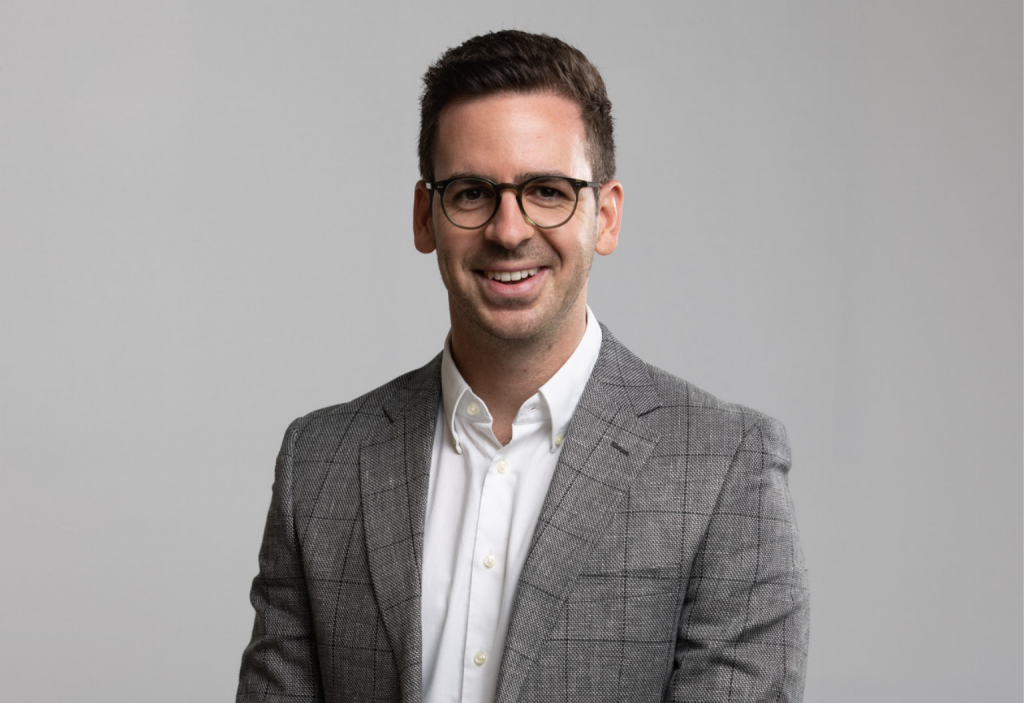Overseeing the administration of a health network’s engineering needs is a complex task. For Steve Pavloudis CPEng, Director of Engineering and Capital Projects at the Women’s and Children’s Health Network, it demands good communication and people skills.
Steve Pavloudis’s engineering career has taken him to a lot of places — the oil and gas industry, the construction sector, Dubai and New Zealand. Wherever he has gone, relationships and strong communication have underpinned his approach to the profession.
“I think the common thread throughout is that I’ve always really enjoyed the people side of everything — building relationships, working together,” he told create. “I love working with people and have, I think, a good ability to communicate.”
Today he is in Adelaide, overseeing the engineering and capital projects divisions for South Australia’s Women’s and Children’s Health Network, including a new hospital.
“In the role of Director of Engineering and Capital Projects, I look after all the breakdown, maintenance and projects across the network,” Pavloudis said. “We’re the largest-spanning public health network in the state in terms of having assets as far north and south — we’ve got over 150 assets we look after.”
Until the new hospital is ready, however, he is making sure that the project’s engineering performance aligns with the current institution’s strategic objective and plan — which was recently helped along with $30 million in additional funding.
“There are clinical needs and infrastructure needs as well as equipment needs that we’ve had, and we need to deliver this work to sustain the hospital to ensure safe clinical operations until we relocate,” he says.
It is demanding work, but Pavloudis has also found time to study for a Master of Business Administration. He says a business degree is a good match for his engineering outlook.
“I’d say they definitely complement each other. I think people often put engineers in a standard basket of non-communicators, non-business thinkers,” he said. “But it gives you an additional avenue to enhance your operations on a day-to-day basis, both from the ground level but also strategy.”
He promotes South Australia as a “magnet state” as part of Engineers Australia’s ForceForty program, and he is also a Chartered engineer.
“I was able to do it at quite a young age in comparison to some others I know,” he said. “[This] was a huge achievement for me and I’m always going to be extremely proud of that, but it’s just that knowledge that I’ve joined a group of engineers that are truly successful.”
He’s even inspired his peers to pursue the accreditation, including a biomedical engineer with many years’ experience.
“He ended up seeing it on LinkedIn and said, ‘Because of you I’m getting mine as well. I want to be part of that group.’”
